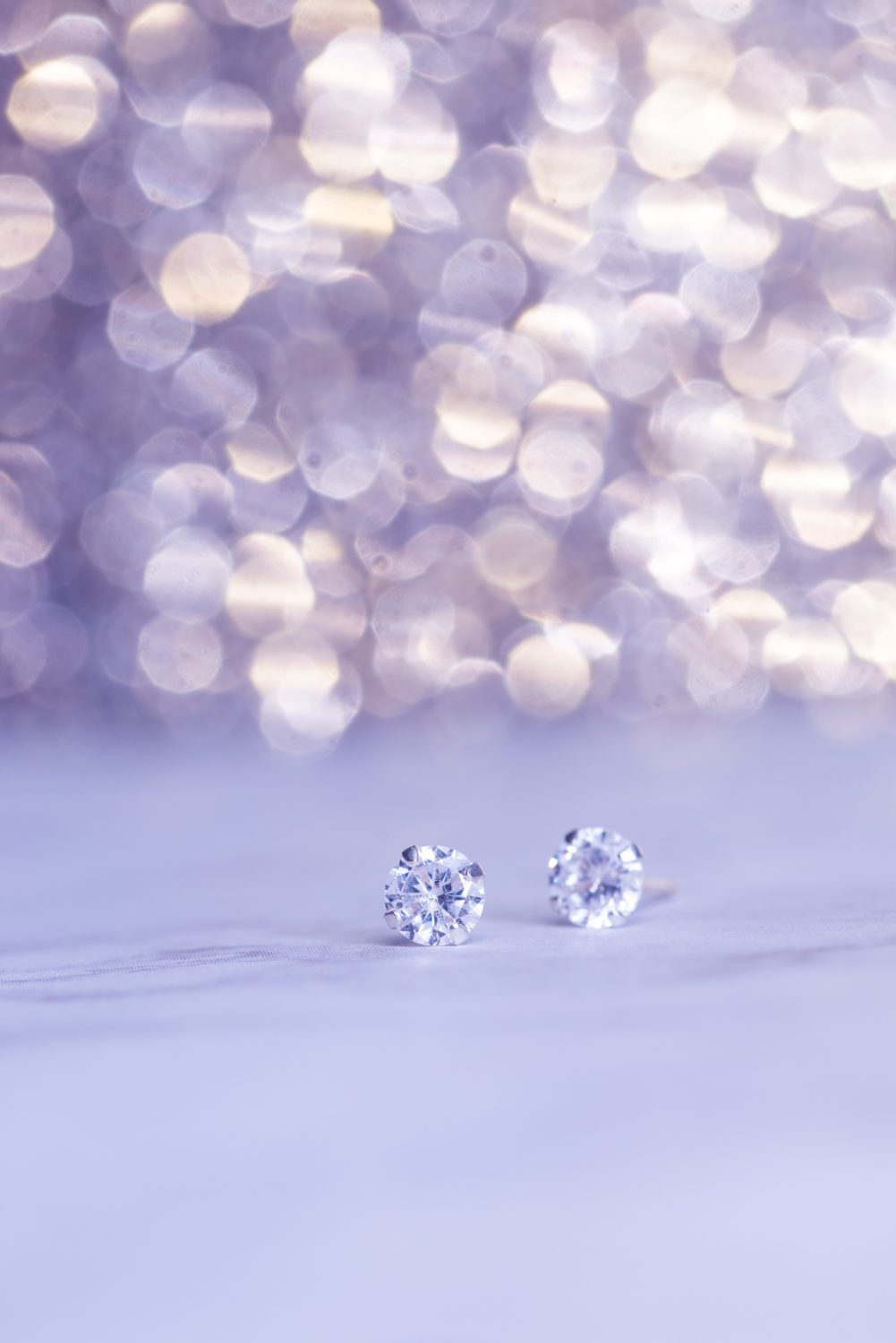
If you are like most people, you’ve probably never seen a large number of diamonds right next to a large amount of diamonds. And unless this is the case, I’m going to go so far as to say that, in all likelihood, you will not be able to tell the difference between the two unless you have experienced this! These two stones are strikingly similar, yet there are significant differences that set them apart.
So how do you tell them apart?
Know your craft
In reality, a device known as a diamond tester will be used when you need to tell a real diamond from anything else. It works my measuring how much heat moves through the stone at what pace, but especially in engagement rings, moissanite is so close to diamonds in structure and appearance, that the result may be skewed!
Some diamond testers measure conductivity of electricity to determine whether or not a stone is diamond, but this is still not 100% reliable. This result will simply tell you whether the subject being tested is a diamond or not and will not say what stone it is. Similarly, there are also moissanite testers, which can be used to determine whether or not a stone is a moissanite.
However, as you as likely reading this article because you are not a professional in this field, you probably don’t own this equipment. So how do you tell them apart?
Color variations
Moissanite rings and diamond ones look very similar at first glance, under certain lighting conditions, or even when seen at a distance, but when you closely compare and analyse the two, there are certain prominent differences. The most significant of these differences, is the colors of each stone.
Put the two stones side-by-side, and you will see that the brilliance of the stones differs. A diamond will sparkle with a muted white light, a result of its single-refractive properties that reflect light through the stone in a certain way. Moissanite diamond engagement rings reflect a rainbow prism and sparkle much brighter than diamonds. Moissanite is double refractive, meaning that any light entering it is split into two, giving off a far brighter appearance than a diamond! Check out these beautiful diamond studs.
Clarity
A stone’s clarity is determined by how many imperfections are present in the stone. Both diamonds and moissanites tend to be imperfect, but these inclusions are often only visible under professional-grade magnification. Interestingly, moissanites are graded and sold according to a similar scale for clarity as diamonds. So if you are looking for a diamond with excellent cut, color, and clarity, you can check at ethanlord.com. They offer lab diamond that has competitive pricing and free lifetime Maintenance.
Because moissanites are created in a lab, their clarity can generally be controlled, and moissanites are often mainly flawless.
In the case of both stones, the larger the stone, the better you can see the colour it reflects. It also gives you more surface area to work with, and the larger the stone, the easier it is to successfully differentiate it from the other.
Larger moissanites with display their colour refraction more clearly, while a larger diamond will simply glow white over a larger surface area. However, in the case of normal ring-sized stones, most people would be hard-pressed to tell the difference.







